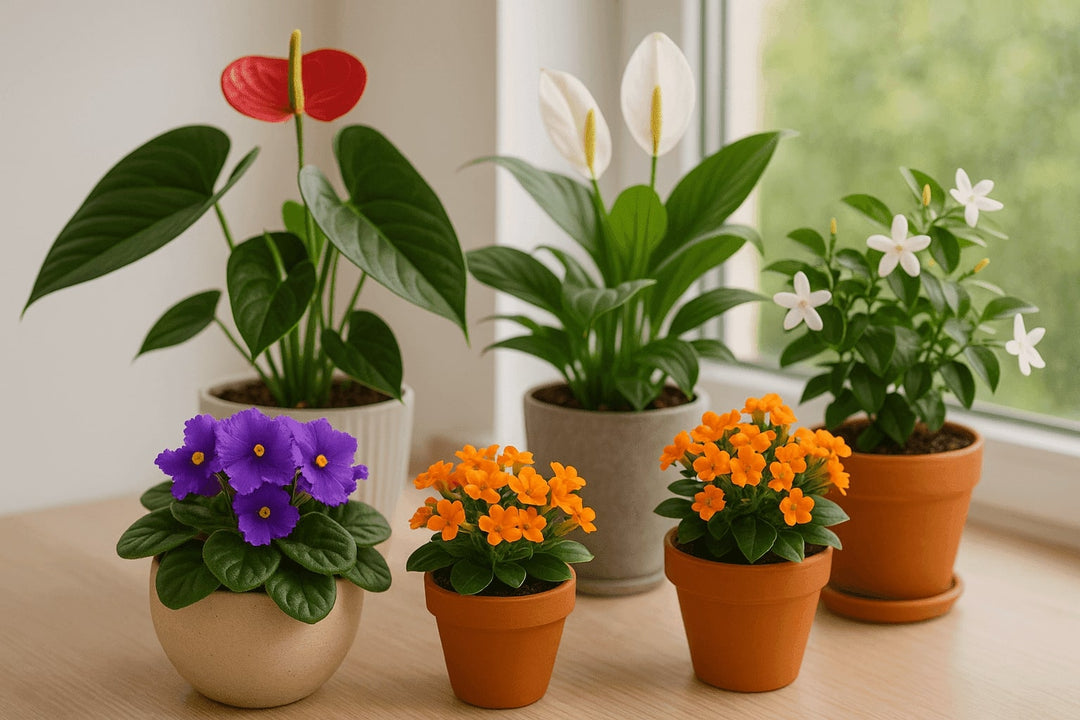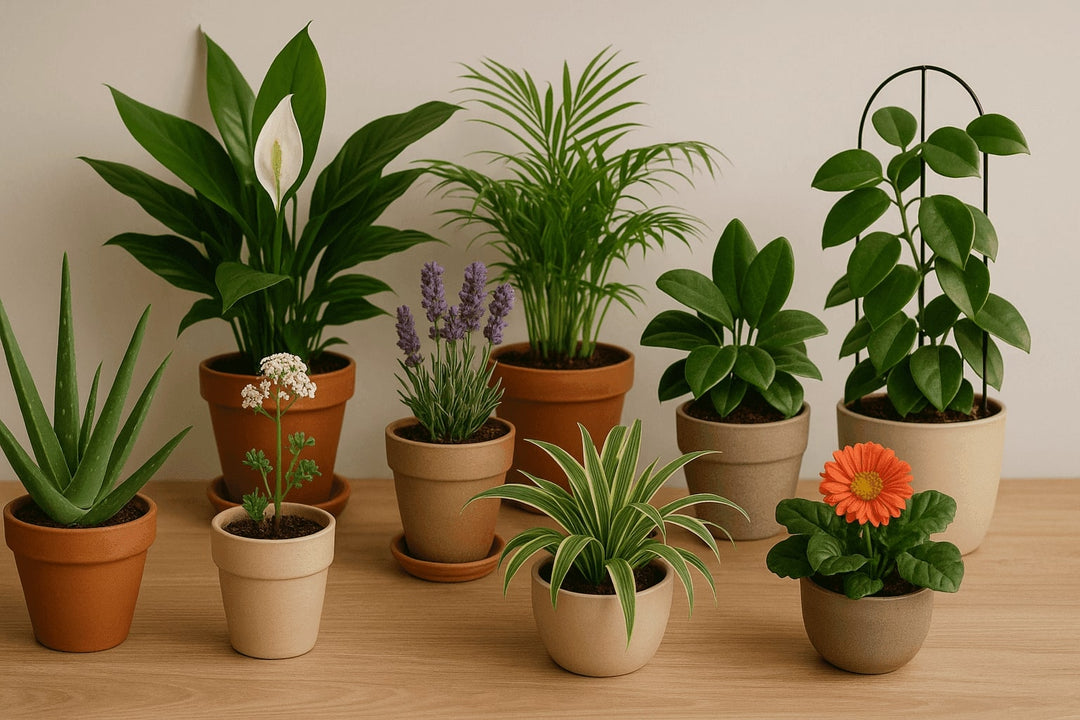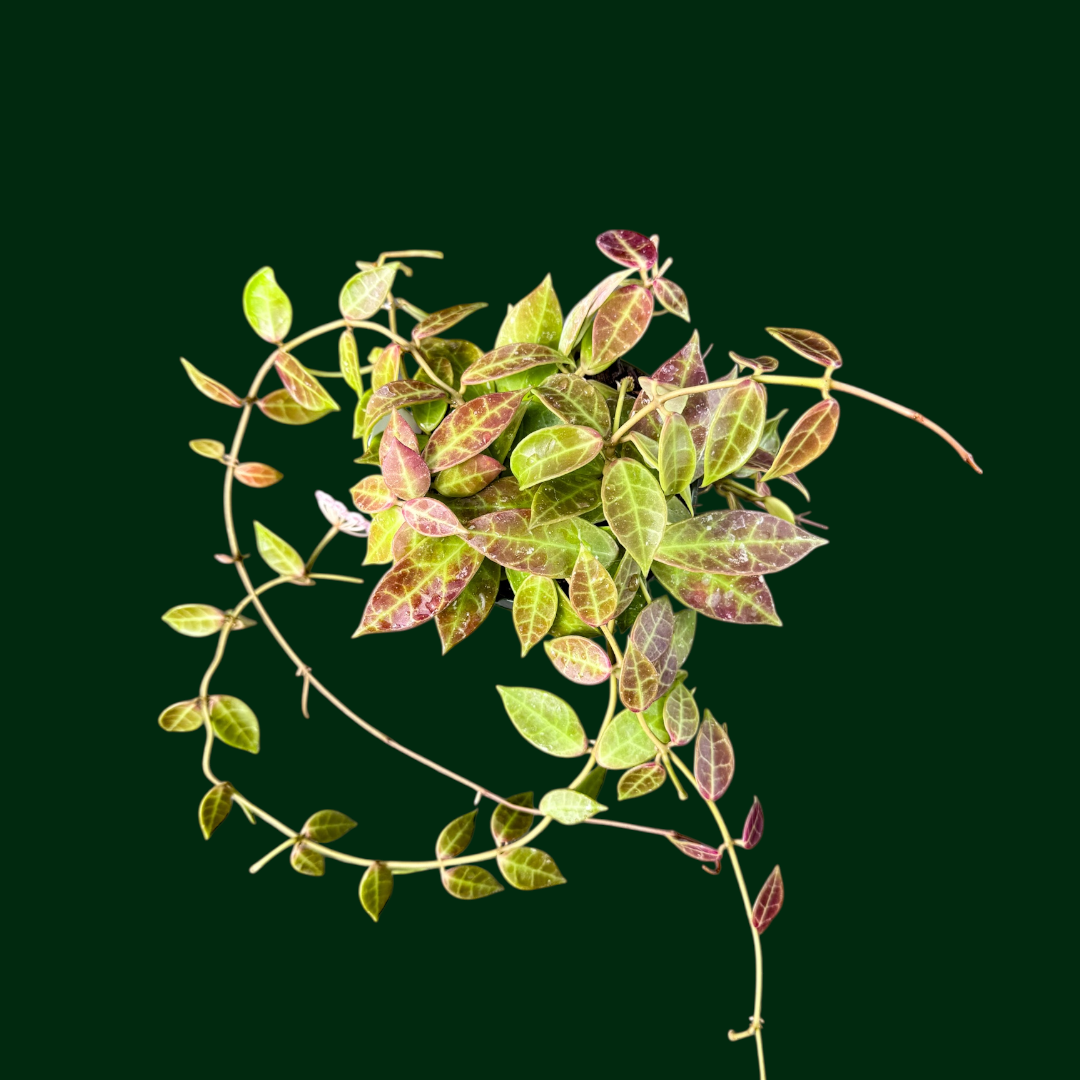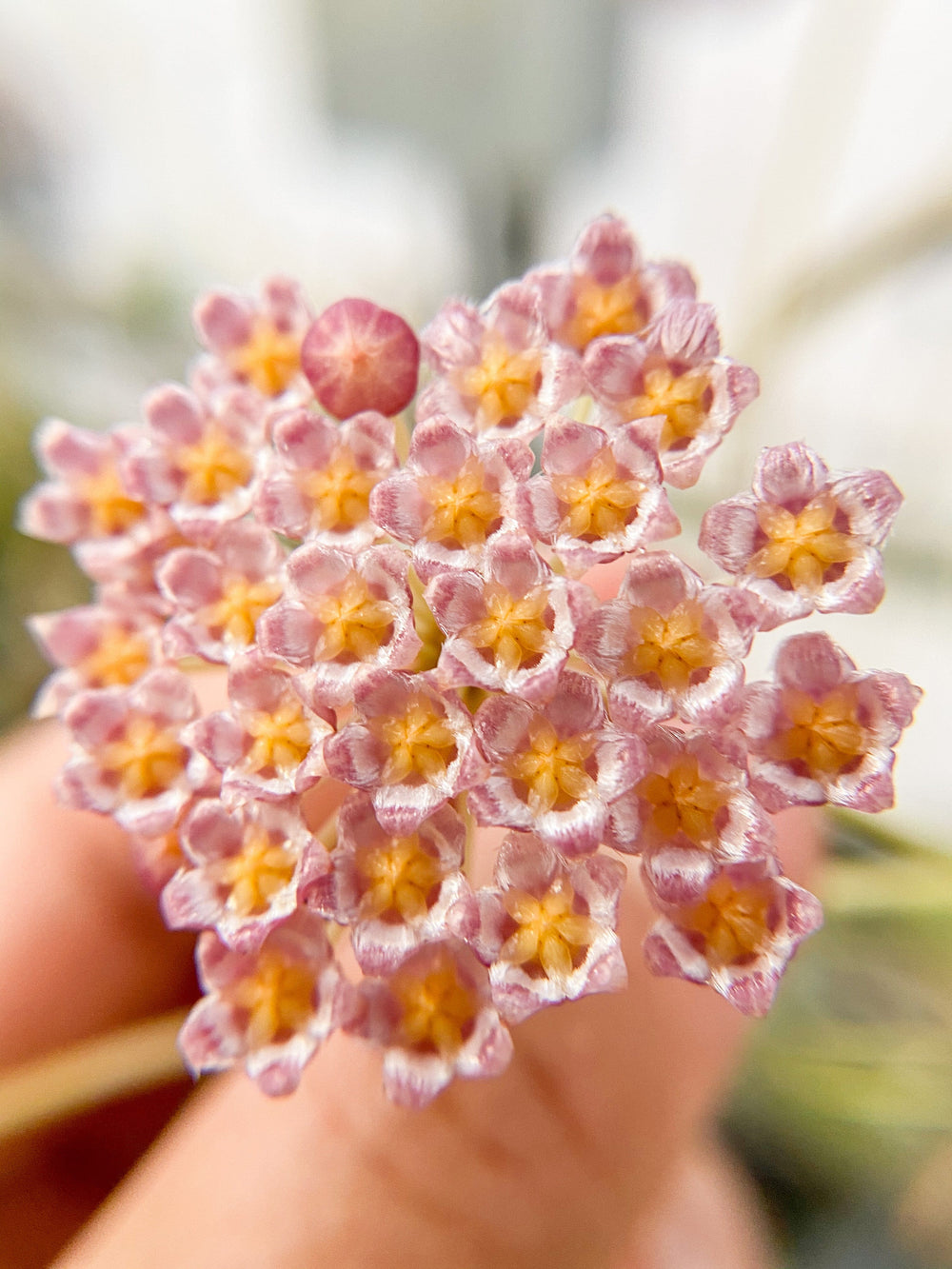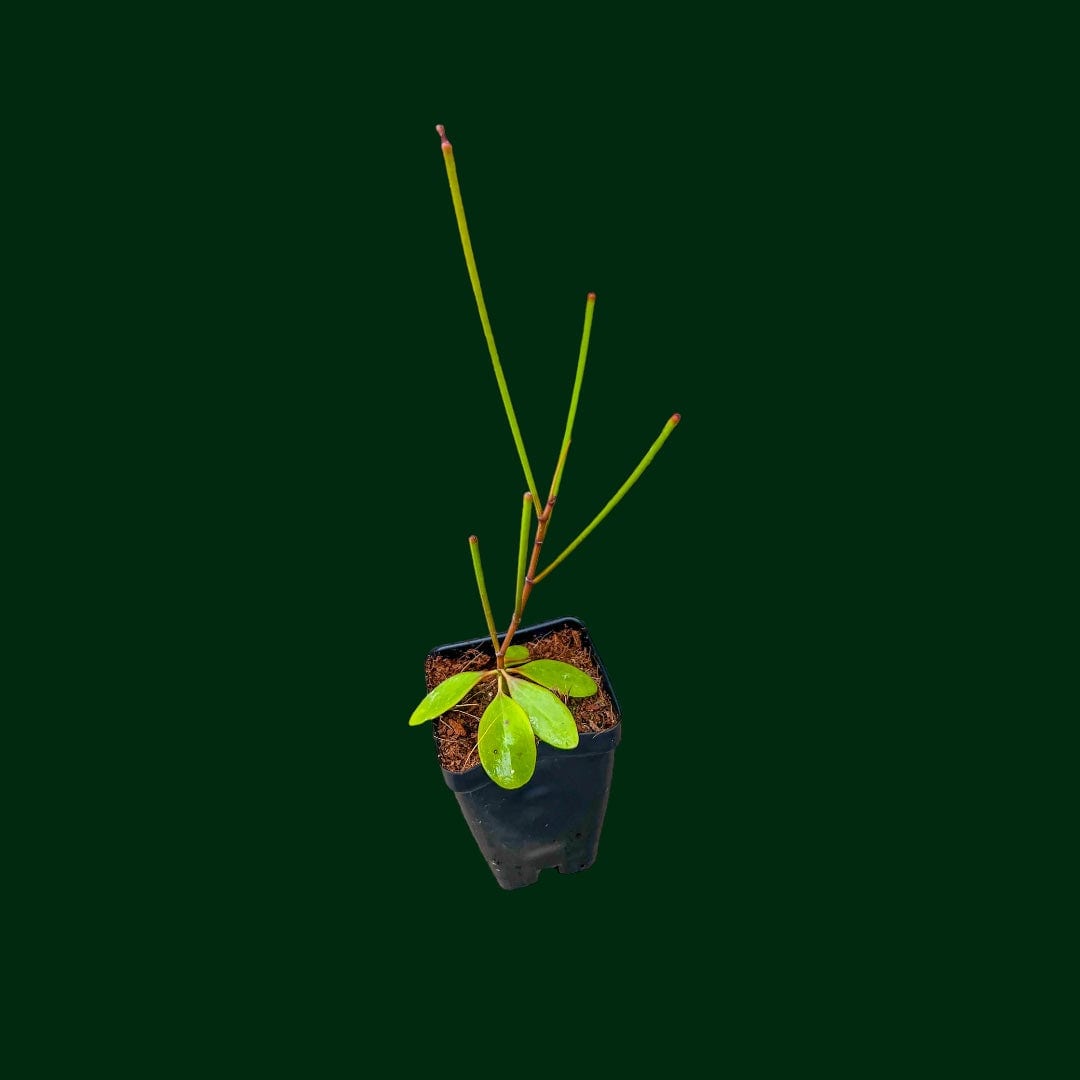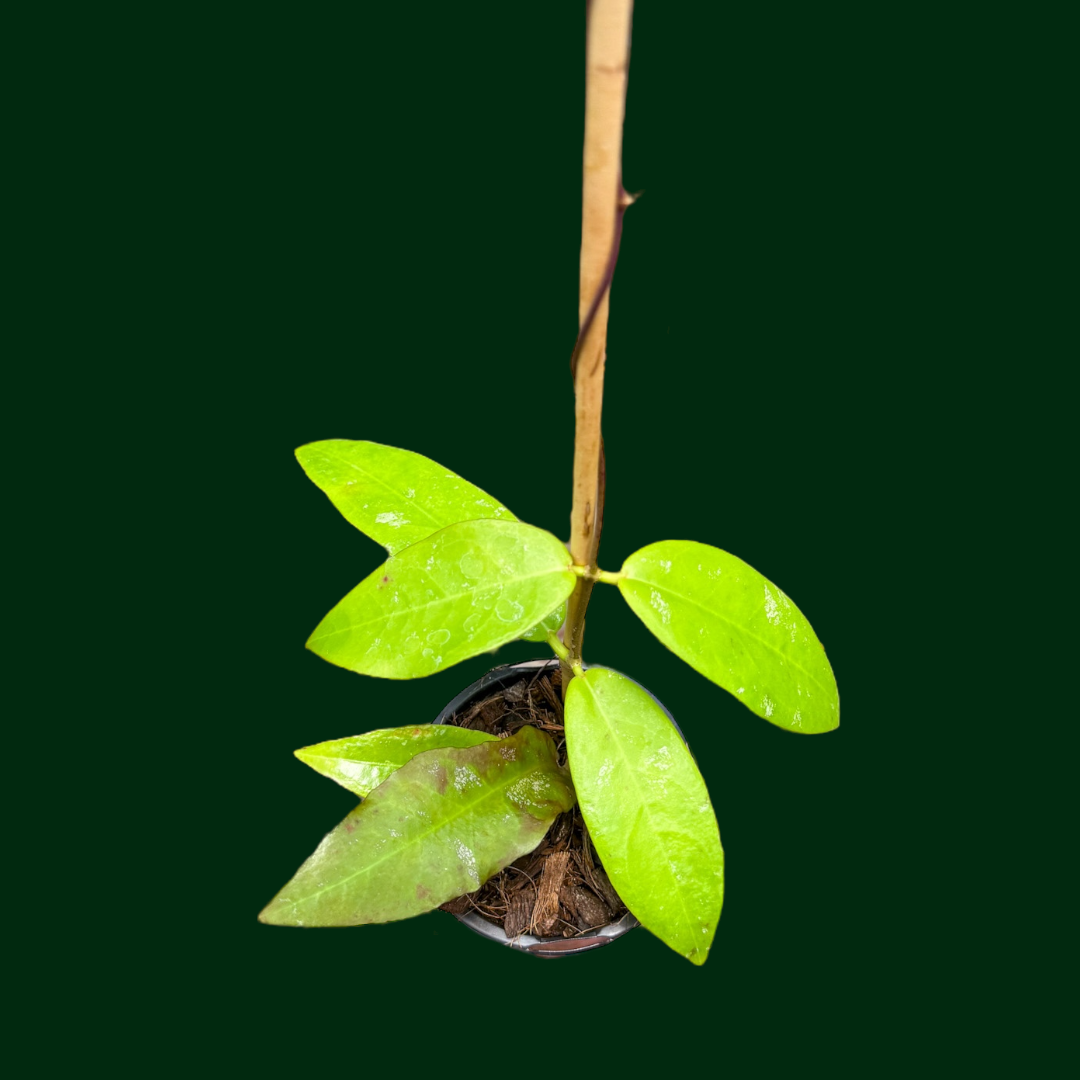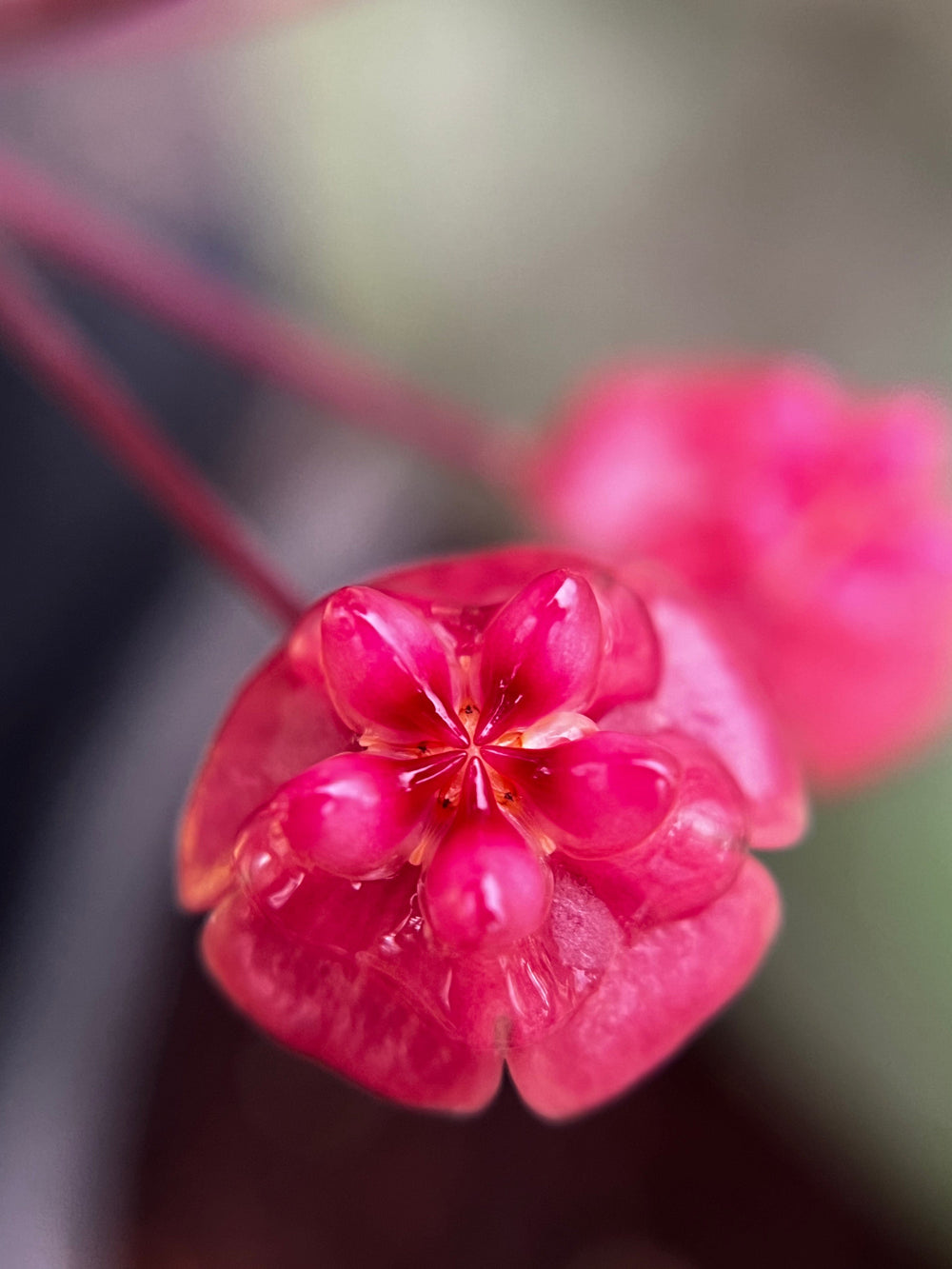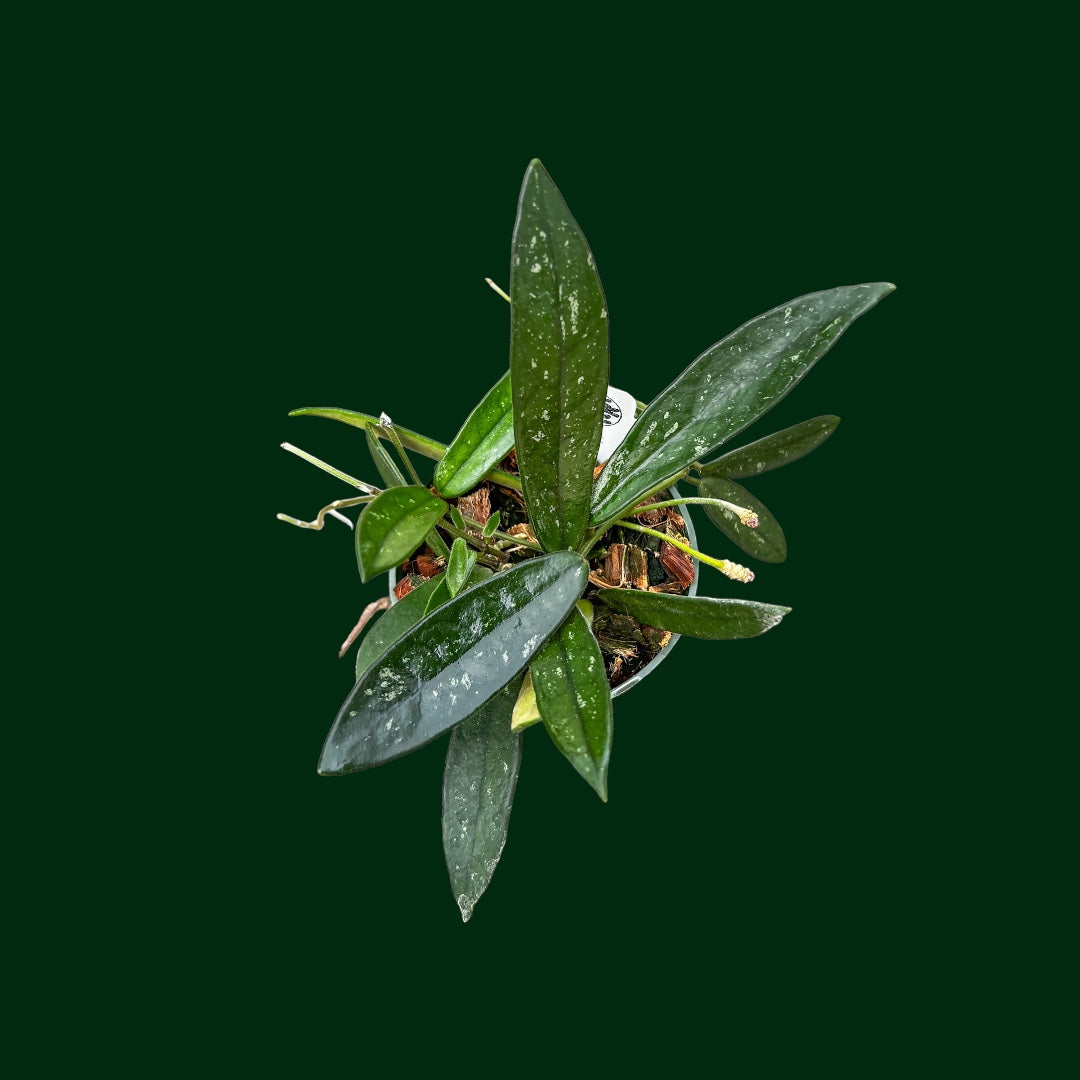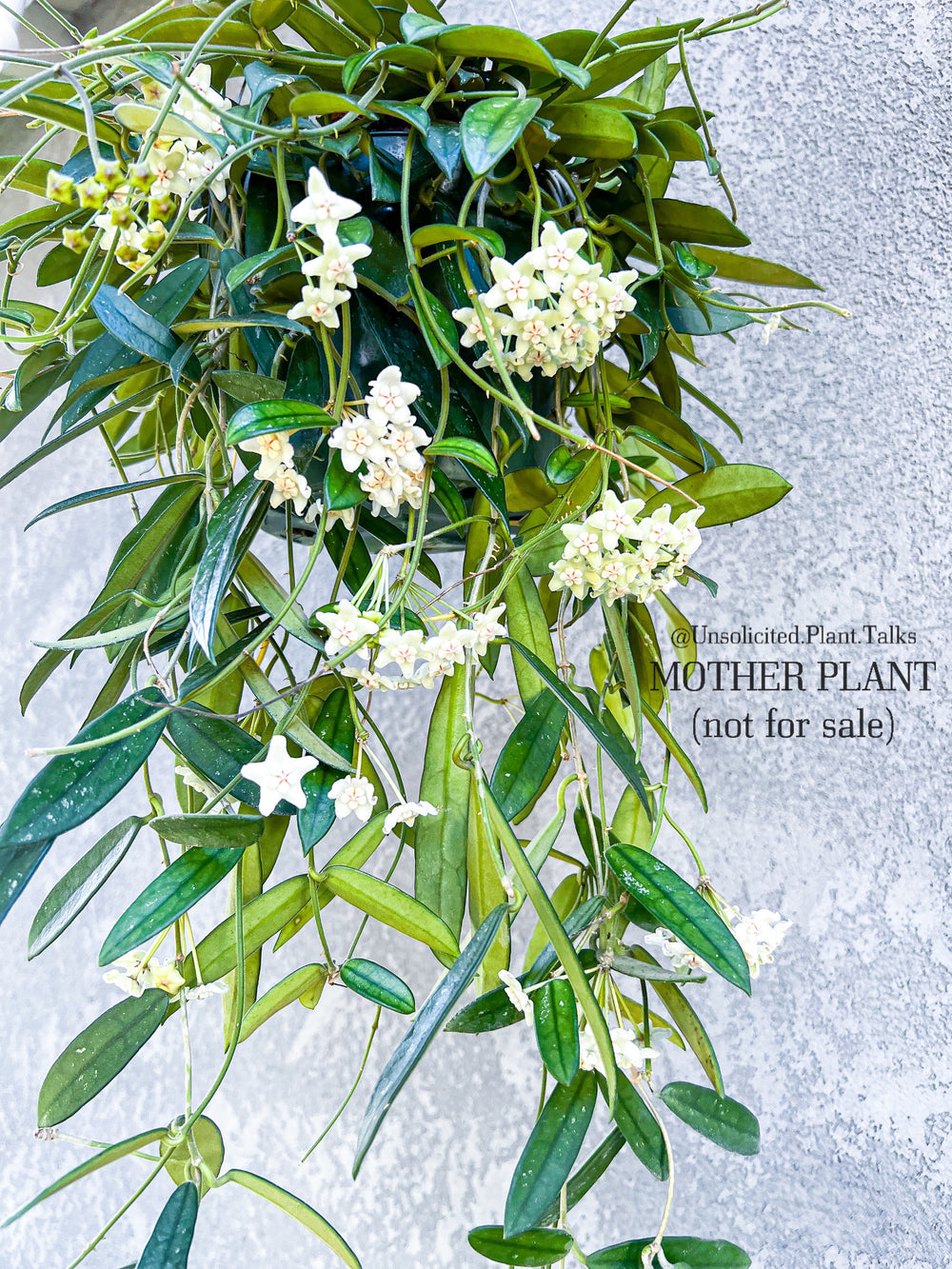Are Coffee Grounds Good for Plants?
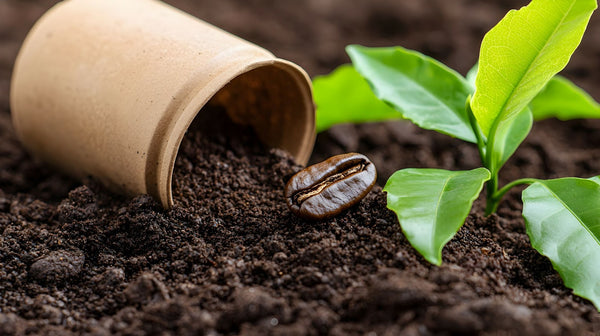
Table of Contents
- Coffee Grounds & Plant Care: Why the Hype?
- When Coffee Grounds Go Rogue
- So… Are Coffee Grounds Good for Houseplants?
- How to Use Coffee Grounds on Indoor Plants
- Coffee Grounds for Plants: FAQs
- Wrapping Up: Should You Use Coffee Grounds on Indoor Plants?
If we got a penny every time someone asks us about using coffee grounds as plant fertilizer, we wouldn’t spend our afternoons writing plant care posts. We’d be sipping iced coffee on our yacht cruising through the Caribbean.
But we get it. Coffee grounds are organic, smell like heaven, and seem way too good to waste. Plus, TikTok keeps telling you they’re full of nutrients your plants are begging for.
But is it true, or just another overcaffeinated myth?
Let’s dig in, because your philodendron deserves the facts.
Coffee Grounds & Plant Care: Why the Hype?
Coffee grounds are like the cool kid of the compost world.
They’re rich in nitrogen (think leafy growth fuel) and come with bonus potassium, phosphorus, magnesium, and copper. If you’re composting? Chef’s kiss. If you’re trying to be more sustainable? Even better.
They’ve also been linked to improving soil structure, retaining moisture, and even deterring some pests. Sounds great, right?
But when it comes to indoor plants, the vibe changes.
When Coffee Grounds Go Rogue
Here’s the dirt they don’t always spill on social media: coffee grounds can cause problems if used incorrectly, especially inside your home jungle.
Let’s break it down:
-
Too Moist, Too Fast: Coffee grounds hold water like a sponge. In a compost pile, that’s great. In your snake plant’s tight little pot with meh drainage? Recipe for root rot and soggy soil syndrome.
-
Mold & Mildew: When coffee grounds stay damp (which they love to do), they can grow mold. Not toxic mold, but definitely “ew” mold. Plus, fungus gnats? They’re into it.
-
Soil Compaction: If you sprinkle grounds straight on top of the soil, they can form a dense crust. That crust repels water and restricts airflow — basically smothering your plant’s roots. Rude.
-
pH Confusion: Fresh grounds are acidic, but used ones are closer to neutral. That said, they can still slightly acidify your soil over time — which only works if your plant likes that.
Coffee grounds don’t seem so great now, do they? So, does it mean all those TikTok reels you’ve seen are totally fake? Not necessarily…

So… Are Coffee Grounds Good for Houseplants?
Sometimes. But it depends on the plant, the method, and your expectations.
When used smartly, coffee grounds can give your plants a small nutrient boost and improve your soil blend. But if you overdo it or apply it wrong? You’re asking for a fungal flop.
|
✔️ Plants That Might Actually Enjoy It |
❌ Plants That Will Throw a Fit |
|
Ferns – Love moisture and don’t mind slight acidity; African Violets – With a sprinkle of care, they might appreciate the nitrogen; Spider Plants – Chill and adaptable; Some Aroids – Hoyas and Philodendrons can be curious, especially if it’s composted. |
Succulents & Cacti – These dry-loving divas will throw shade at extra moisture; Orchids – Way too sensitive; Any plant prone to root rot – If you’re constantly battling yellow leaves, skip the grounds. |
How to Use Coffee Grounds on Indoor Plants
If you're still vibing with the idea of reusing your coffee grounds, here’s how to do it safely, without accidentally composting your Calathea.
#1 Compost First
Let the grounds break down with other organic matter.
This balances the nutrients and makes them easier for your plants to digest. Plus, microbes and worms love them.
|
🌱 Pro Tip: Layer coffee grounds with “browns” (dried leaves, cardboard) to avoid a slimy mess. Let your compost do the work before you bring it near your favorite houseplant. |
#2 Make a “Coffee Tea” for a Low-Risk Boost
Steep 1–2 tablespoons of used coffee grounds in a quart of water overnight. Strain, then use the liquid to gently water a test plant.
It’s diluted, gentle, and gives you control. Plus, it feels very witchy in the best way.
#3 Mix Grounds Into the Soil, Not On Top
Blend grounds with your potting mix before repotting, or when you’re topping off soil. This helps prevent mold and compaction.
|
🌱 Pro Tip: Keep it under 10–15% of your total soil mix, and combine with fluffy ingredients like coco coir, bark, or perlite. |
#4 Season, Don’t Smother
Think of coffee grounds like hot sauce. A little goes a long way. Add a teaspoon or two to your soil mix every few months — not every week.
If your pot’s under 8”, 1 tablespoon is plenty. More than that? Your plant’s going to need therapy.
#5 Know Your Plants (Seriously)
Not all houseplants are down for a coffee date. Learn which ones prefer slightly acidic, moisture-retentive soil (hello, ferns), and which ones like it dry and neutral.
Still unsure? Skip the experiment or test on a propagation or smaller pot first.
#6 Keep It Clean
Let your grounds dry out before storing. Never use moldy ones. Keep extras in the fridge or freezer until you’re ready to compost or brew your plant a cuppa.

Coffee Grounds for Plants: FAQs
Can I just dump coffee grounds straight into my plant pots?
Whoa there! While it sounds like a shortcut, dumping straight grounds can compact the soil, hold too much moisture, and invite mold. Always mix them in lightly or compost first.
Do coffee grounds repel pests?
Some people swear they deter ants and slugs outdoors, but for indoor plants, it’s not super effective. Plus, the mold risk outweighs the potential pest control benefits. There are better natural methods for keeping gnats and mites in check.
How often can I use coffee grounds on indoor plants?
Think monthly, not weekly. A little goes a long way. Use 1–2 teaspoons per pot, once a month or even less. Overuse can lead to soggy soil and unhappy roots.
Are coffee grounds a replacement for fertilizer?
Not really. They add organic matter and a bit of nitrogen, but they don’t provide a balanced nutrient profile. Use them as a soil booster — not your main plant food.
Wrapping Up: Should You Use Coffee Grounds on Indoor Plants?
Coffee grounds aren’t miracle-grow, but they’re not the villain either.
|
The Good: Nitrogen-rich and full of minerals; Eco-friendly, zero-waste vibes; Slight acidity helps some plants thrive; Great in compost. |
The Bad: Can retain moisture and cause root rot; Risk of mold, especially indoors; Can compact soil if not mixed properly; Not all plants like it (succulents = nope). |
If you compost first or use in moderation, coffee grounds can totally be part of your plant care toolbox. Just don’t expect miracles — and always listen to your plants. They’ll tell you what’s working (usually by dropping leaves dramatically).
Ready to test what you’ve learned on your new plants? Head to our shop selection and find the new addition to your little house jungle.
Just don’t let it drink too much coffee. Deal?



